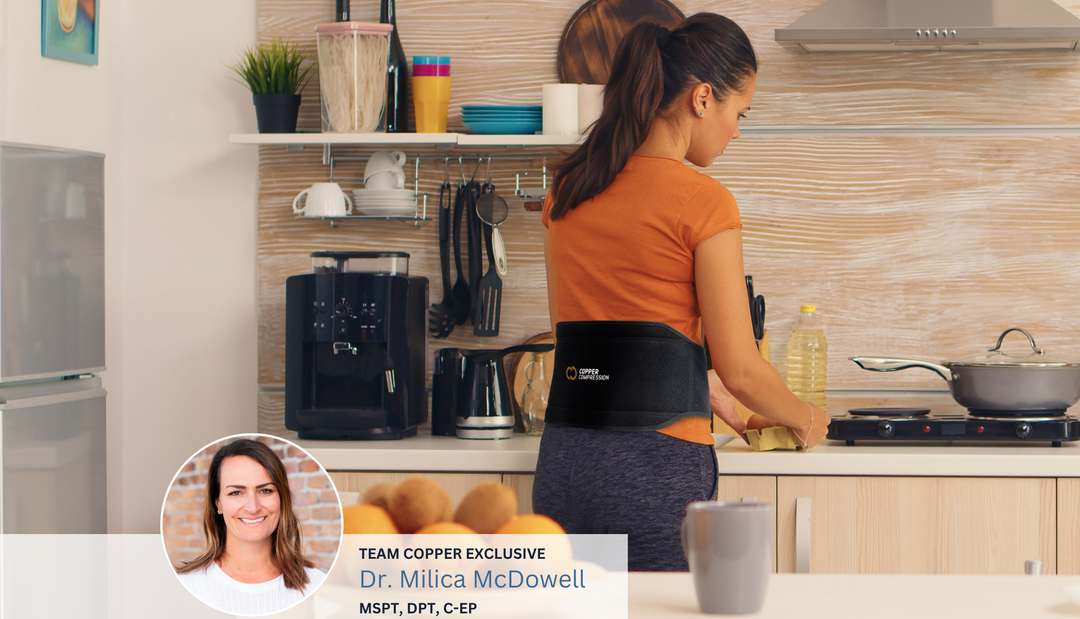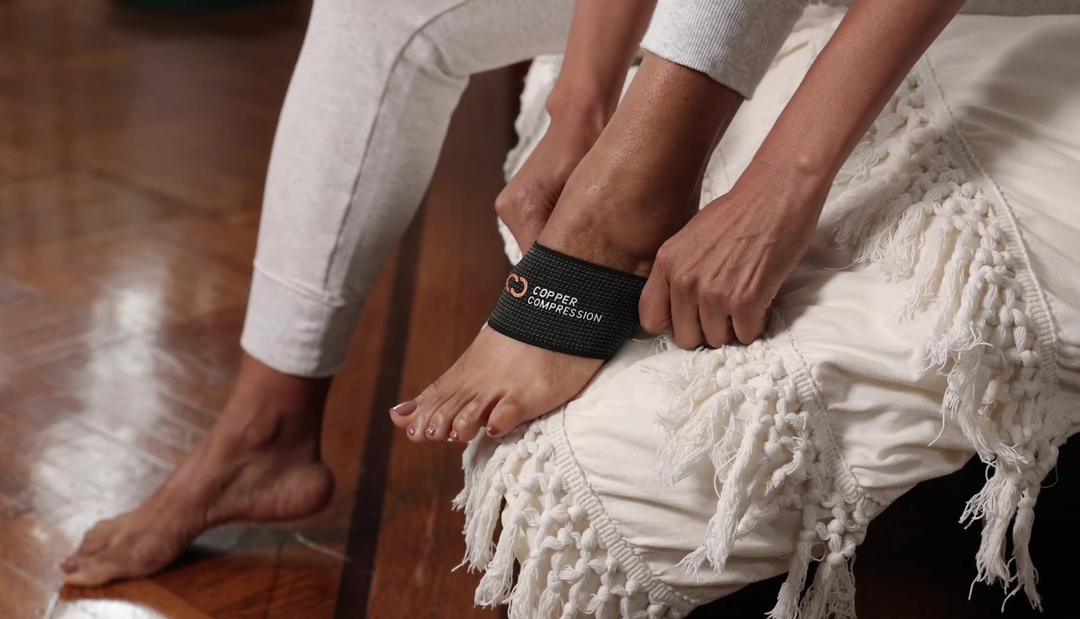How Compression Socks Work
Although many people who wear compression socks have medical conditions like arthritis, venous ulcers, chronic venous insufficiency, deep vein thrombosis (DVT), orthostatic hypotension, diabetes, and lymphedema, compression socks can be worn by anyone who needs to boost their blood circulation.
Compression socks are a special type of sock that helps improve blood circulation and reduces swelling. They are often worn by people who have to stand or sit for long periods of time, such as office workers, truck drivers, and nurses.
Compression socks work by applying gentle pressure to the feet and legs, which helps to push the blood back up toward the heart. This can help to reduce fatigue, muscle cramps, and varicose veins.
“The pressure from the socks is important because it helps the veins in the lower legs return blood to the body with a lower chance of leaking fluids from the vein walls or of making conditions like varicose veins worse. As we age, especially for those of us with a family history of vein conditions, it can become more difficult for the veins in the legs to do their job. Weakened vein walls and valves mean that it becomes harder for the veins to push blood ‘back up’ against gravity,” according to Clearing's Chief Medical Officer and board-certified pain specialist, Dr. Jacob Hascalovici MD, PhD.
If you're thinking about trying compression socks, it's important to choose the right size and level of compression for your needs. In this article, we'll explain how compression socks work and give you some tips on finding the perfect pair for you.
Different Types of Compression Socks
Compression socks come in a variety of materials, designs, and compression levels to suit different needs and activities. While compression socks have traditionally been used to treat medical conditions like edema, many enthusiasts now use compression socks as an activewear item for running or yoga.
The compression helps reduce fatigue, improve circulation, and minimize discomfort in the legs during physical activity. With various compression levels available — from mild to extra firm — there are compression socks to meet everyone's needs. Whether you’re simply looking for added support at the gym or you suffer from more serious medical conditions, there’s a compression sock designed just for you.
Compression stockings: These specialized garments are a type of compression sock designed to provide uniform compression to the legs. This helps to promote better circulation in the lower body, which can reduce swelling and fatigue. The main difference between compression stockings and compression socks is the length. Stockings can go thigh-high while compression socks go up to your ankle. Graduated compression stockings have the greatest degree of compression at the ankle.
Anti-embolism stockings: These stockings are specifically designed to help prevent the formation of blood pooling and blood clots in the lower limbs due to poor circulation. These stockings provide compression, ensure proper blood flow, and prevent any accumulation of fluids that could lead to clotting.
If you want to know how long socks should be, it depends on where you feel pain and swelling. Some people only need socks because it targets their feet while others may want longer stockings to target their entire bottom leg.
What are Compression Socks Made Out Of?

Compression socks are typically made of high-quality materials, such as nylon and spandex, which ensures their durability and comfort. For example, some brands of compression socks feature a combination of the two fabric types to create a sock with maximum breathability that also wouldn't slide down when worn.
Additionally, these socks usually have reinforced toe and heel areas to further promote comfort and reduce pressure points on the foot, so you can wear them for an extended period of time without any pain or irritation. Because they come in a variety of styles and designs, chances are there's a pair of compression socks perfect for what you’re looking for!
Who Should Wear Compression Socks?
Compression socks are an important piece of apparel for anyone needing blood circulation support in their legs. They’re especially beneficial to those who stand or sit for extended periods of time, like athletes, pregnant women, and those with medical conditions.
Many doctors and health care professionals recommend the use of compression socks to their patients due to the many benefits they provide such as a decrease in leg fatigue, improved poor blood flow and oxygenation, a decrease in muscle soreness after exercise, prevention of deep vein thrombosis (DVT), and arthritis symptom management.
Compression socks also come in a variety of designs with numerous features meant to meet individual needs.
How many hours a day should you wear compression socks?
The amount of time you should wear compression socks depends on the individual and their specific needs. Generally speaking, most people who wear compression socks should put them on in the morning before starting their activities and take them off at night before sleeping.
When you’re sleeping and laying down, the socks won’t benefit you as much since you’re not up and moving. When the leg is flat, gravity doesn’t affect blood flow. At night, it can be good to take a break and air out your legs but it’s not harmful to wear them to bed.
What is the difference between a compression sock and an anti-embolism stocking?
Compression socks and anti-embolism stockings are often mistaken for the same thing, but they have a few distinct differences.
Compression socks are a type of elastic sock that helps increase circulation by squeezing your leg from the ankle to the calf. Pressure at the ankles is stronger than at the calf allowing for fluid to be pumped up your leg.
On the other hand, an anti-embolism stocking aids in preventing blood clots by providing uniform compression throughout the leg. This helps minimize swelling which can ultimately lead to blood clots due to lower blood circulation.
Anti-embolism stockings are generally recommended for people who are bedridden while compression socks are typically for people who are more active. Additionally, anti-embolism Stockings usually have a level of 8–18mmHg millimeters of mercury of compression, while medical compression stockings are 15–20mmHg or higher.
“Anti-embolism socks generally apply less pressure than compression socks or stockings and are made specifically for people who will be staying sedentary for long periods of time, such as during recovery from surgery, with the point being to prevent deep vein thrombosis (clots),” according to Dr. Hascalovici.
Both of these garments provide benefits to people, making them invaluable tools when combating circulation issues.
Whichever type of compression sock you choose, speak to a healthcare provider about your medical condition and ask about the best course of action for your leg swelling and health conditions. For more compression sleeve products, visit coppercompression.com.








